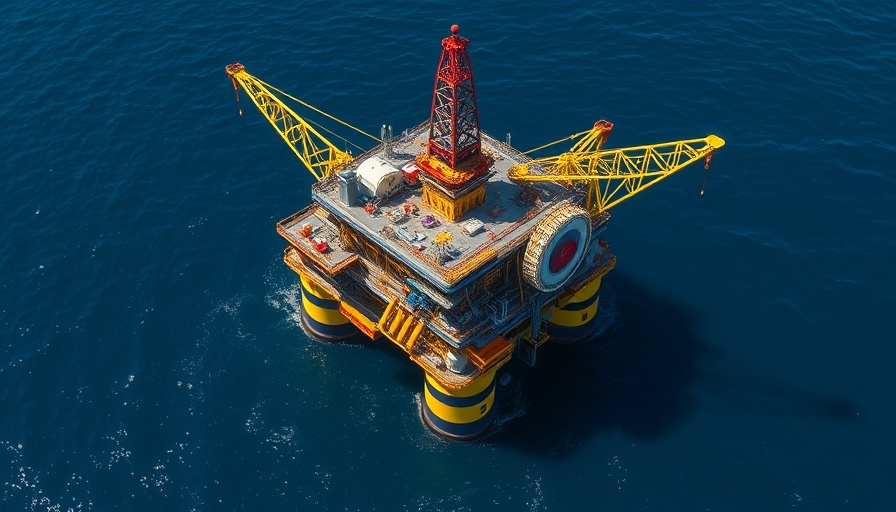
The Importance of Accuracy in Bidding: Flintco's Lesson
In today’s hyper-competitive construction industry, the stakes are incredibly high. Recently, Flintco, a major construction company, publicly acknowledged a significant bid error that could have cost them dearly. This revelation isn’t just about honesty; it serves as a crucial insight for clients and companies alike on the importance of bid accuracy. Winning a contract might seem like a victory, but if built on a shaky foundation of misinformation, it can lead to project delays and financial losses.
How Mistakes in Bidding Impact Project Efficiency
Bidding is often likened to a game of poker; it's about putting your best hand forward without revealing too much. However, Flintco's miscalculation on a $3 million job highlights the real-world implications of a misplayed hand. An erroneous bid can lead to resource misallocation, inadequate budgeting, and ultimately, compromised project timelines, impacting clients who invest significant resources expecting timely delivery.
The Role of Technology in Preventing Errors
Flintco's commitment to learning from past mistakes opens up a broader conversation about technology’s role in construction management. With the advent of sophisticated bidding software, companies can minimize human error by automating calculations, incorporating real-time data analytics, and using artificial intelligence for predictive analysis. This isn’t just about keeping projects on track; it’s about empowering clients with accurate forecasts and transparent processes.
Future Implications for Construction Companies
Looking ahead, as the industry evolves, so too must the practices of firms like Flintco. The modern construction landscape is not only about bricks and mortar but about how efficiently we can manage projects to meet the demands of an increasingly savvy clientele. As bidding practices refine, clients can expect to see improved quality outcomes, better cost management, and project efficiency. This evolution begs the question: are construction companies ready to embrace these changes?
Taking Action: The Need for Continuous Improvement
For clients of commercial construction companies, it's important to stay informed about these trends. Understanding the intricacies of bidding may empower clients to question proposals critically and ensure they are engaging with firms that prioritize transparency and continuous improvement. Choosing a partner who values accurate bidding lays the groundwork for successful project execution, ensuring that both parties have aligned expectations from the start.
Flintco’s journey following this bid error reminds us that the construction industry is not just about physical structures but about building trust and reliability. As construction companies pivot towards embracing technology and improving their practices, clients must advocate for higher standards in project management.
 Add Row
Add Row  Add
Add 




Write A Comment